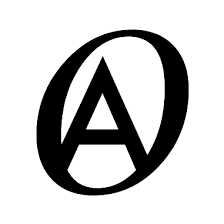OpenAnatomy Dental Atlas — Free 3D Atlas for Teaching Dentistry
Context and Background
OpenAnatomy Dental Atlas is part of the open-source OpenAnatomy project. The dental edition shows teeth, jaws, nerves, and bone structures in 3D. It is made for teaching, not for clinical work. Dental schools often use it in pre-clinical courses so students can study anatomy interactively instead of looking only at pictures in books. Being open and free, it is easy to adapt for local training needs.
Core Capabilities
| Area | Details |
| Platform | Windows, Linux, macOS |
| Functions | 3D anatomy viewer, labeling, interactive teaching modules |
| Dental focus | Jaw anatomy, tooth structure, nerves, bone relations |
| Deployment | Local install or shared in network labs |
| Database | Based on 3D anatomical models; can be linked with imaging |
| License | Open-source, Creative Commons |
| Audience | Dental schools, universities, anatomy labs |
| Security | Runs locally; network sharing optional |
Practical Scenarios
– A lecturer uses the atlas to show 3D jaw anatomy in class.
– Students rotate and zoom models to study nerve positions before surgery courses.
– Teachers prepare lessons that combine 3D models with case discussions.
Workflow Integration
The atlas works as a standalone viewer. Screenshots and 3D models can be exported for lectures or presentations. Some universities link it to e-learning platforms, so students can access it outside the lab.
Strengths and Weak Points
Strengths:
– Free and open.
– Good 3D detail for teaching.
– Works across platforms.
– Useful in both classrooms and self-study.
Weak Points:
– Not a clinical tool.
– Updates depend on community work.
– Few integrations with clinical systems.
Why It Matters
OpenAnatomy Dental Atlas helps students learn anatomy in a visual, interactive way. It does not replace scans from real patients, but as a teaching resource it lowers costs and makes complex structures easier to understand.







